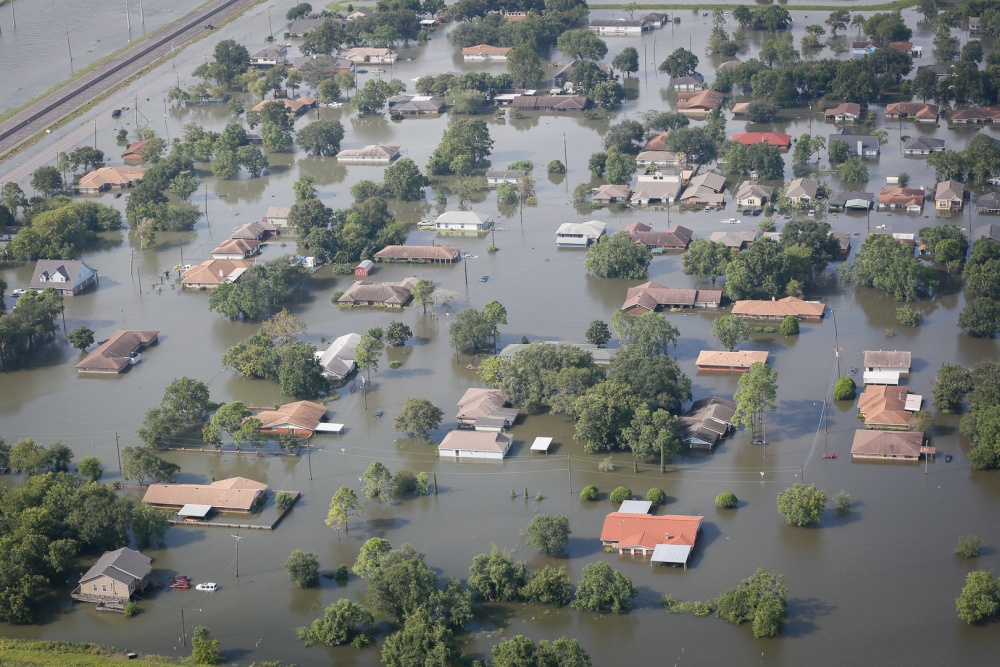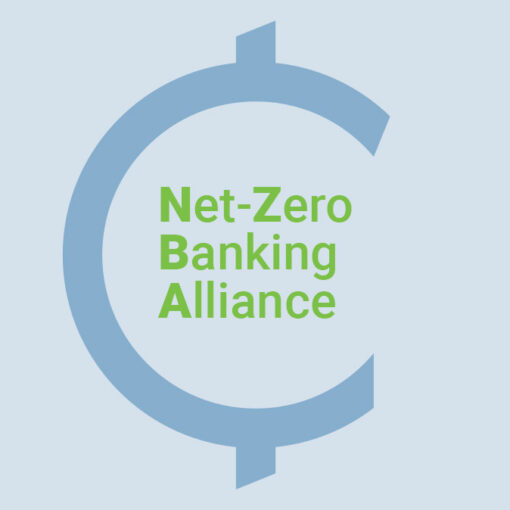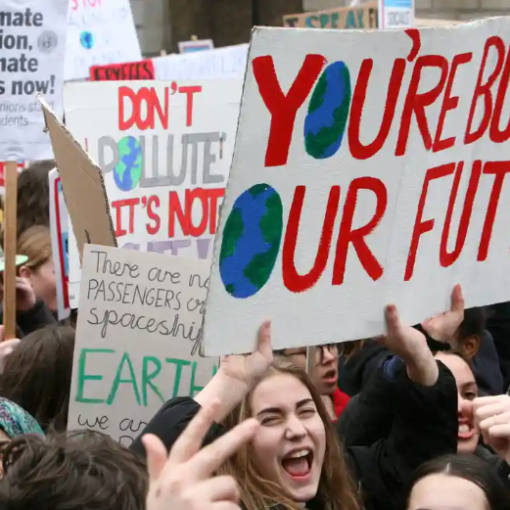
By opening up new tax credits for tax-exempt entities, the Inflation Reduction Act (IRA) provides a vehicle to fund smart surface projects while increasing solar electricity generation.
Smart surfaces are ones that combat the effects of excessive sunlight, rainfall, and heat, especially in the urban heat islands, that pose particular public health dangers for vulnerable populations. They include, for example, reflective pavements and roofing, porous pavements, green roofs, and solar photovoltaic (PV) panels. Replacing or covering dark-colored, non-permeable surfaces with smart ones at a large scale can achieve enormous benefits for a city. Roofs covered with reflective paints, for example, reflect more of the solar radiation hitting them and capture less heat as a result. Green roofs similarly reflect more energy than traditional ones and add modest carbon capture and water retention benefits. Solar PV panels are typically more reflective than traditional roofing or paving materials, and elevated panels provide shade to surfaces below. (More information about smart surfaces and the Sabin Center’s work to catalyze their uptake in cities around the U.S. is available through the Smart Surfaces Coalition.)
Further, in addition to directly reducing absorbed heat, cool roofs can reduce demand for air conditioning. Because air conditioners work by transferring indoor heat outside, using air conditioning less frequently reduces the amount of heat dumped into streets, alleys, and other public spaces—all while decreasing a city’s dependence on power generation that may not be from renewable sources. And where air conditioning intake air is drawn from conventional rooftops—common in larger buildings—lowering temperatures at the roof would reduce the amount of work needed to cool air.
But even though the benefits that smart surfaces offer are quantifiable and significant, there are legal barriers to local governments enacting policies designed to replace traditional surfaces at a large scale. Municipalities are subdivisions of the state that have only the authority granted to them by state law. In almost every jurisdiction state law limits the scope of local authority. Even for those actions that are authorized by state law, other legal obstacles could get in the way of local action. Federal and state laws that conflict with city policy or that occupy the whole field of regulation relating to a smart surface may preempt local action. Policies that require permanent intrusion onto privately owned property or that vastly limit the value a landowner can gain from what they own are vulnerable to challenge as regulatory takings. And local utility regulations, onerous interconnection fees, and zoning that limits where clean energy assets may be built can limit the tools a city has to incentivize private parties to invest.
But what if, instead enacting new legislation or policies to require or incentivize private sector action, a city could itself develop smart surfaces projects? Thanks to the IRA, many cities are looking to do just that, using the direct pay provisions in the IRA to fund city-owned clean energy projects that incorporate smart surfaces.
In contrast to previous clean energy tax credits that were only valuable to an entity with existing tax liability, the IRA’s direct pay (called, in the statue, “elective pay”) provisions allow a tax-exempt entity to capture the full value of twelve IRA tax credits. Relevant here, the investment tax credit or ITC, allows a project that meets all statutory criteria and captures all available siting and sourcing bonuses to qualify for a credit of between 30% and 70% of the project cost. Small projects under 1 MW automatically qualify for several of the available bonuses. The program is stackable with other forms of funding up to the total cost of a project, so a local government could combine funding from multiple tax credits or other sources to cover the full cost of a project. After the initial filing and refund, there are no extended reporting requirements. Perhaps best of all, the refund is guaranteed for eligible projects—credit for up to 50% of the project is not competitive and does not require grant writing (though the 20% low income community bonus credit is more limited and does require an application).
Critically for cities looking to fund smart surfaces projects, the IRA offers significant flexibility in how a project can be designed. Neither the statute itself nor IRS’s draft implementing rule foreclose the possibilities of building, for example, a green roof with elevated solar panels—or of putting up elevated panels that shade parking lots or other paved areas. As a result, a city could invest in its own project on city-owned land or buildings and avoid needing to legislate in a field that may be preempted or in a way that could be deemed a regulatory taking. Using the funding available through the IRA can make these projects far less costly than they would otherwise be, and stacking other types of funding with IRA credits can effectively pay for a smart surface upgrade that also generates clean energy.
Of course, ownership of a clean energy asset brings its own challenges. City officials will need to navigate procurement processes set out in state and local law, and where utilities are not city-owned there may be limits on what generation assets a city can build, even behind the meter. Cities that have entered into franchise agreements with investor-owned utilities may be limited in how much of their own generation can be built by the terms of those agreements. But city-owned utilities do not face the same obstacle, and a local government’s interest in exploring projects like these may be a reason to seek changes to franchise agreements when they are up for renewal. And even if the power generated by a hybrid smart surface and solar project does not flow into the grid for other customers to use, a city could reduce its own dependence on other forms of generation and achieve the significant ancillary benefits solar panels may bring as sources of shade and reflectivity. Moreover, a city’s leadership by example has long been an effective tool in proving the market for sustainable technologies, a trend we expect to continue in the context of smart surfaces.
Since the IRA was enacted, various government and non-government bodies have made available an ever growing array of resources to help its beneficiaries maximize the opportunities presented by the Act. A few examples include IRS’s proposed rule, which provides more detail than the statute on how direct pay will work and interact with other parts of the tax code; the Center for Public Enterprise’s Elective Pay Model, which allows anyone to better understand the financial considerations that guide selecting potential projects; detailed guidance from the World Resources Institute that provides a roadmap for local governments to see solar ideas become reality; and the IRATracker.org, a joint project of the Sabin Center and Environmental Defense Fund that compiles information about the climate change-related provisions of the IRA.
City officials can take advantage of the enormous financial opportunity the IRA created—aided by a growing body of resources to help navigate the statute—to build new projects that transform traditional surfaces into smart ones while expanding solar generation.
Dan Metzger is a Smart Surfaces Fellow with the Cities Climate Law Initiative at the Sabin Center for Climate Change Law at Columbia Law School.






